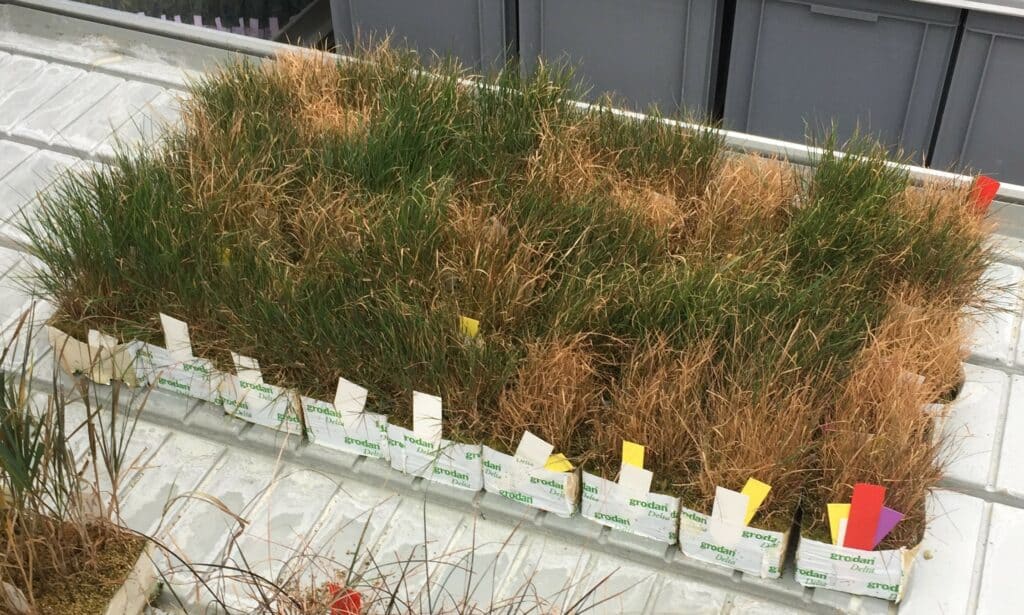It is hard to grasp the immense speed by which apps on our mobile phones are updated with additional convenient features. Build out of an innovative thought or a customer-expressed need, these add-ons are rolled out to us almost daily. Sometimes I wish we could do the same with all our grass-based solutions both in response to the rapidly changing climate conditions and to the innovative ideas that frequently spin out of a dedicated breeder’s mind. Fully aware that product upgrade times for grass varieties are not counted on a daily-, rather a yearly basis, let us have a look at what the options are for bringing new features to the market in our business.
The official variety evaluation system we have in Europe dictates to a large extent what type of product upgrades (plant traits) the breeders need to focus all their efforts on to be successful. This is a great foundation that has secured value for money for the end-user through decades. But what do we do when suddenly drought stress becomes emergent for our customers, or when new diseases arise in response to climatic changes? Even in the most optimistic scenario, we are talking 8-10 years to accomplish breeding for an upgrade official evaluation startup of seed production.
The most frequently used approach is to screen an existing variety portfolio for traits that are considered to be a needed product add-on. This is for example the case for a salt tolerance screening that DLF applies to all new turf varieties because it is not part of the official evaluation system in any country in Europe.
Other add-ons, such as drought tolerance, which is most-wanted due to a fast-changing climate, are creating quite some headache for breeding companies. None of the European official testing systems include this trait in their evaluation today and are unlikely willing to do so for the simple reason that when crops are tested at suboptimal conditions the signal/noise ratio drops dramatically and trial results are rendered insignificant. This is a pickle! With no rewards in the evaluation system there is no incitement for a breeder to change breeding objectives as it would compromise the chance of reaching the top of the recommended list.
But we cannot wait and as we previously have described, DLF and other breeding companies have started screening not only varieties but also breeding material for deeper roots and drought tolerance at their own expense and at their own risk. We are compelled to do so realizing that climate change may dictate add-ons more important than the current system can offer today. Any others who want to join our endeavor?






